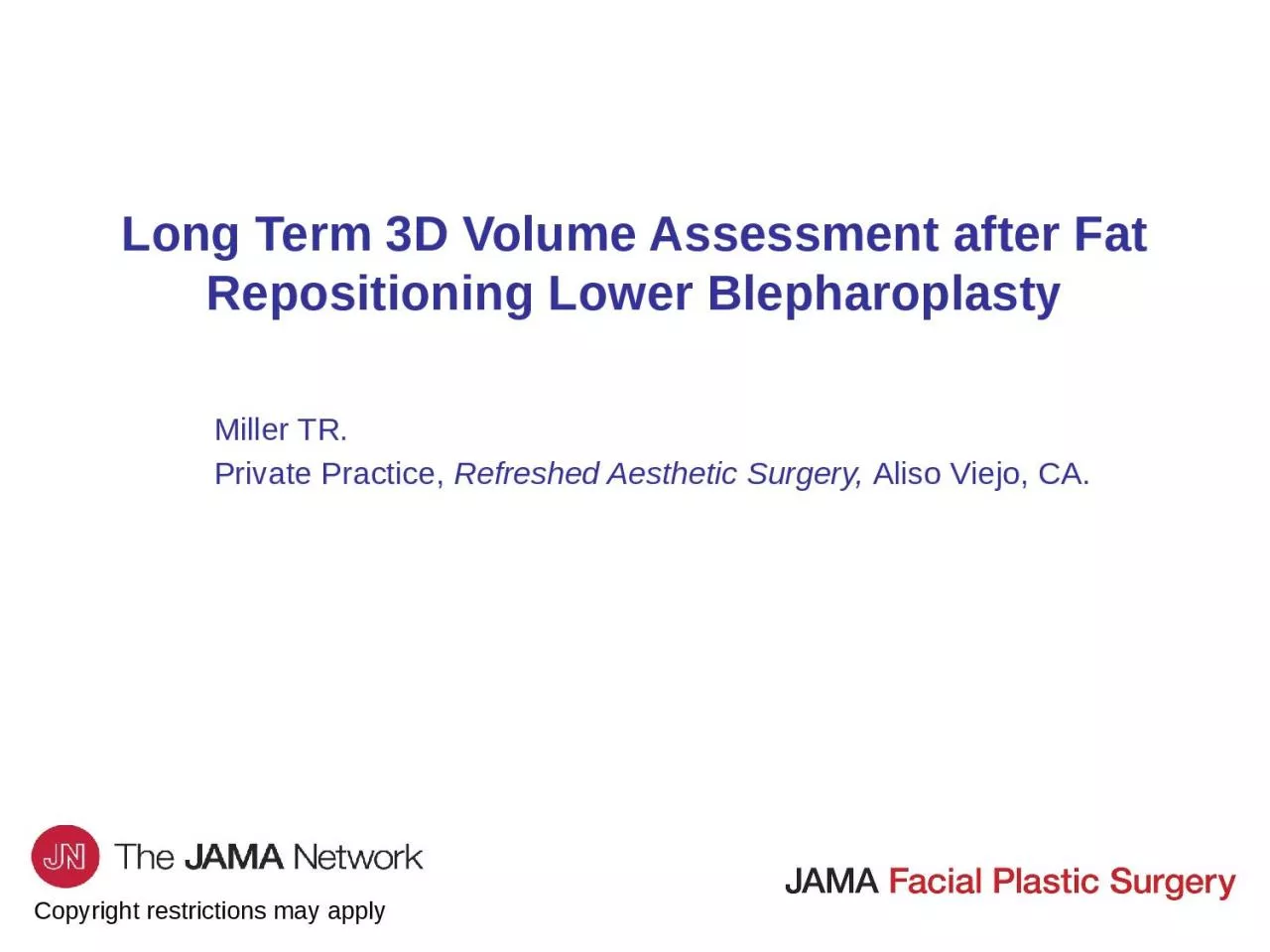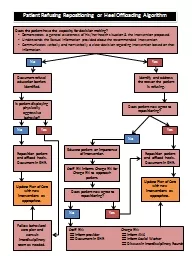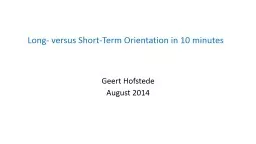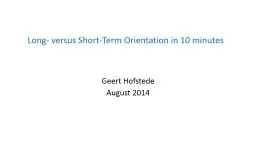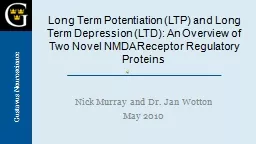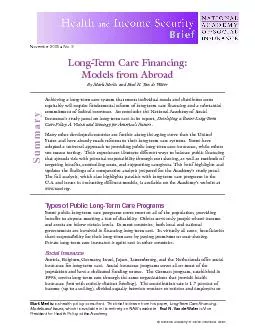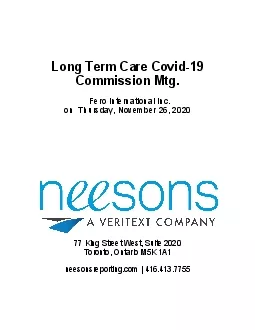PPT-Long Term 3D Volume Assessment after Fat Repositioning Lower
Author : williams | Published Date : 2022-07-01
Blepharoplasty Miller TR Private Practice Refreshed Aesthetic Surgery Aliso Viejo CA Introduction Pseudofat herniation in the lower eyelid area is a common reason
Presentation Embed Code
Download Presentation
Download Presentation The PPT/PDF document "Long Term 3D Volume Assessment after Fa..." is the property of its rightful owner. Permission is granted to download and print the materials on this website for personal, non-commercial use only, and to display it on your personal computer provided you do not modify the materials and that you retain all copyright notices contained in the materials. By downloading content from our website, you accept the terms of this agreement.
Long Term 3D Volume Assessment after Fat Repositioning Lower: Transcript
Download Rules Of Document
"Long Term 3D Volume Assessment after Fat Repositioning Lower"The content belongs to its owner. You may download and print it for personal use, without modification, and keep all copyright notices. By downloading, you agree to these terms.
Related Documents

